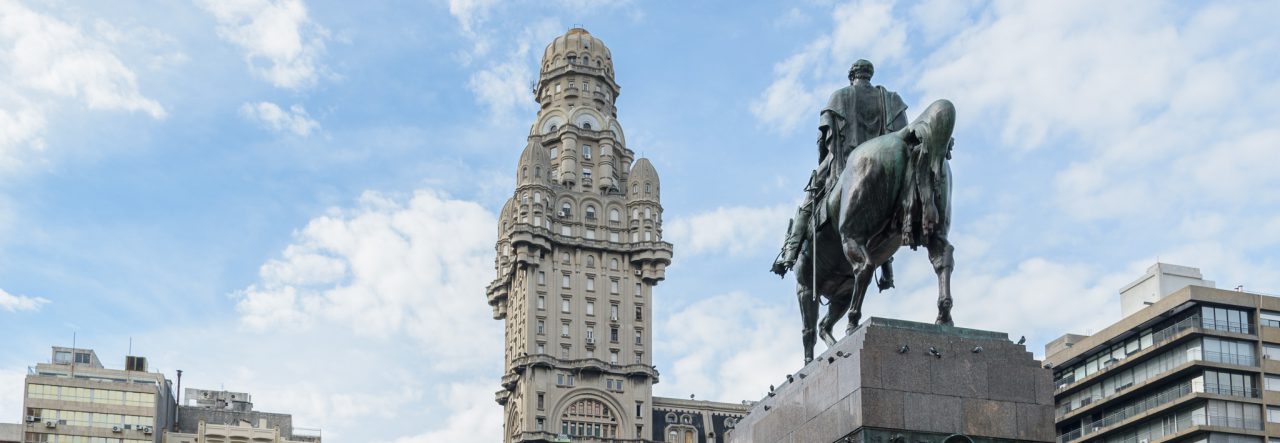
According to a report by Uruguay’s Office of Livestock and Agriculture Policy (Opypa), Uruguay’s timber industry will produce an average of 10 million cubic meters of wood to be processed into pulp. Timber for solid wood production is estimated to average 4.2 million cubic meters of which 71% is expected to come from pine and 29% from eucalyptus.
According to Opypa’s analysis, Uruguay’s projected timber production is insufficient to supply a third wood pulp plant. The agency recommends expanding timber plantings into several areas of the country that are well suited for it.
Opypa claims Uruguay has 2.6 million hectares suitable for timber production which are currently deforested. The majority are located in Uruguay’s center east region. Uruguay’s other regions also have room to expand timber production. Opya estimates in each of Uruguay’s regions only half the land suitable for forestry is currently planted on.
The report states that in 2012, the timber industry employed 12,000 workers. Of which a significant portion are classified as skilled workers.
In 2009, 45% of workers in Uruguay’s silviculture industry were classified as skilled compared with 24% in the other sectors Opypa monitors (ranching, agriculture, dairy, and grain).
Between the last two Opya censuses the number of firms in Uruguay whose primary income is from forestry has decreased by 230. This decline is at least partially due to consolidation within the industry. The number of firms under 500 hectares decreased by 419 hectares while the number over 500 increased by 189.
Challenges for Uruguay’s Lumber Industry
One of the principal concerns raised by Opya’s report is whether Uruguay’s forestry firms can meet the growing demand from Uruguay’s wood pulp industry for raw materials.
Uruguay’s new Montes del Plata wood pulp plant is expected to double the country’s production capacity and its wood pulp exports. The projected timber supply through 2030 is sufficient for the two plants. A third plant would require an increase in timber production.
Adding value to wood exports is another challenge. Uruguay’s wood board production is small but has increased recently, between 2012 and 2013 the value of these exports rose by 16%.
This Uruguay Business Reports news article is a translation from the Uruguayan newspaper El Pais. The original article is available here. Uruguay Business Reports translation by Donovan Carberry. Image is from Uruguay’s El Pais.





